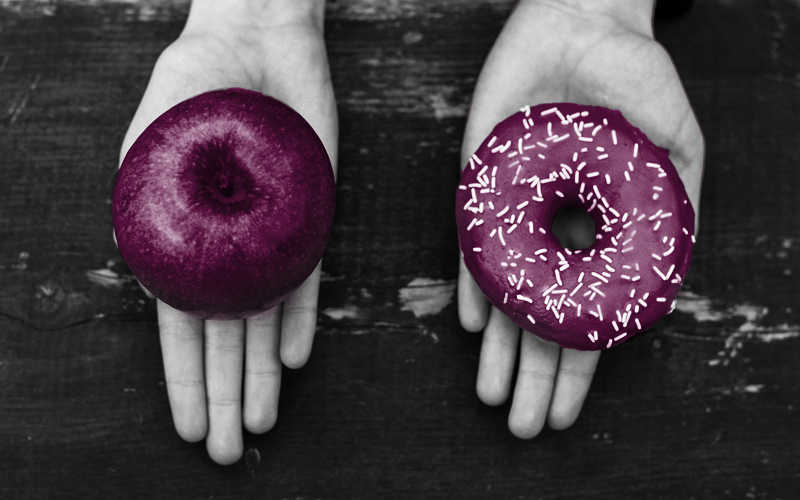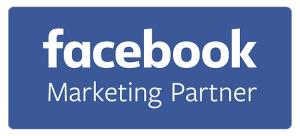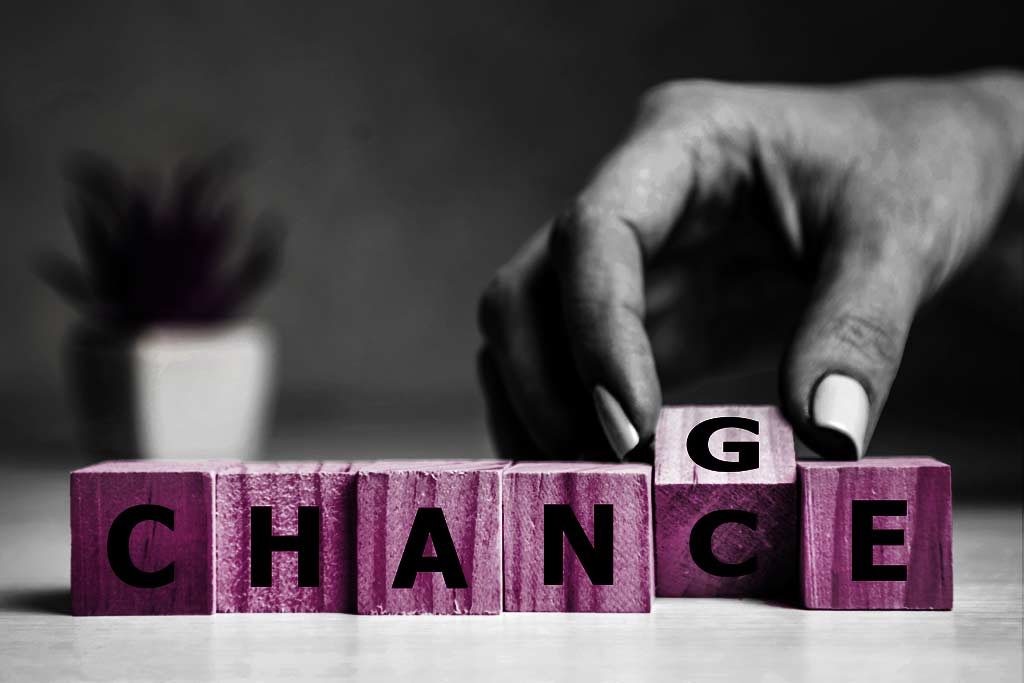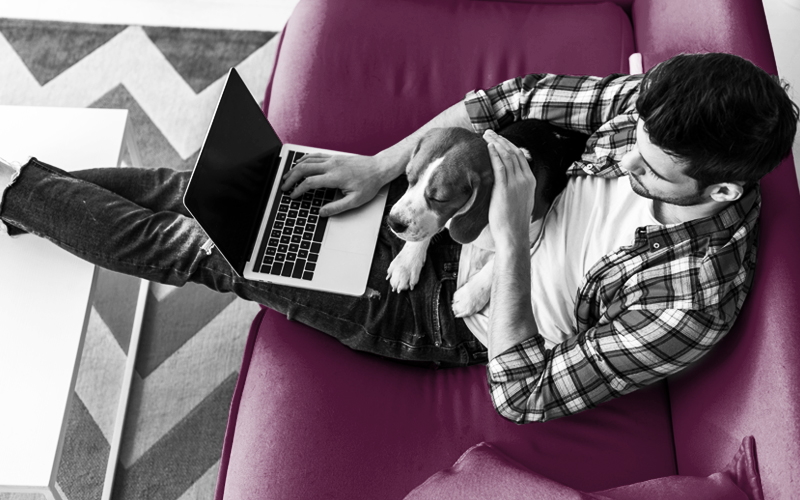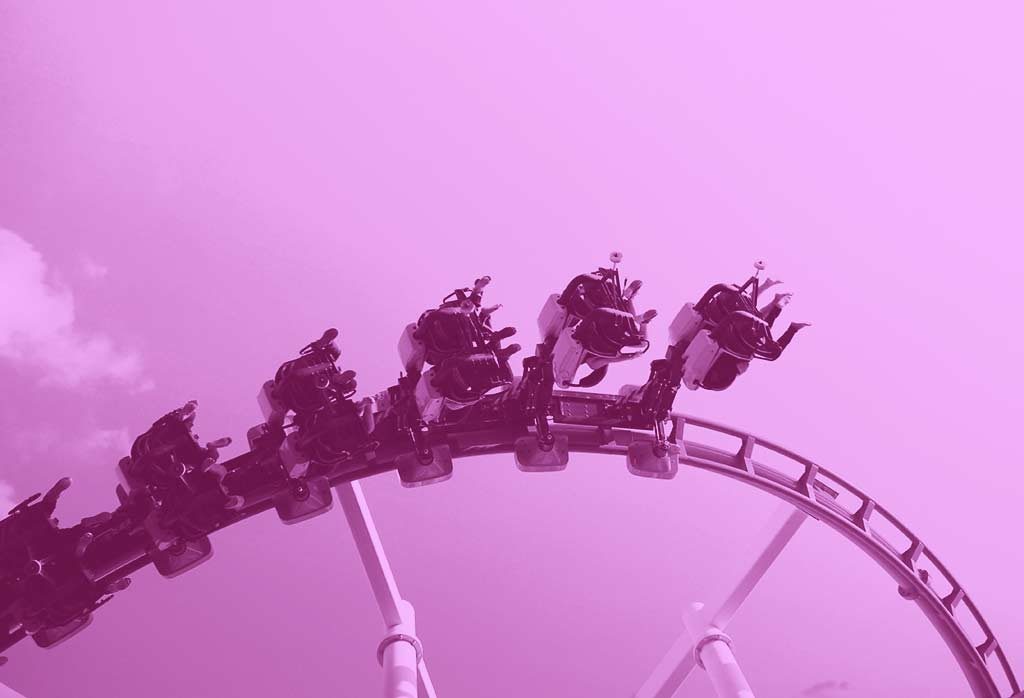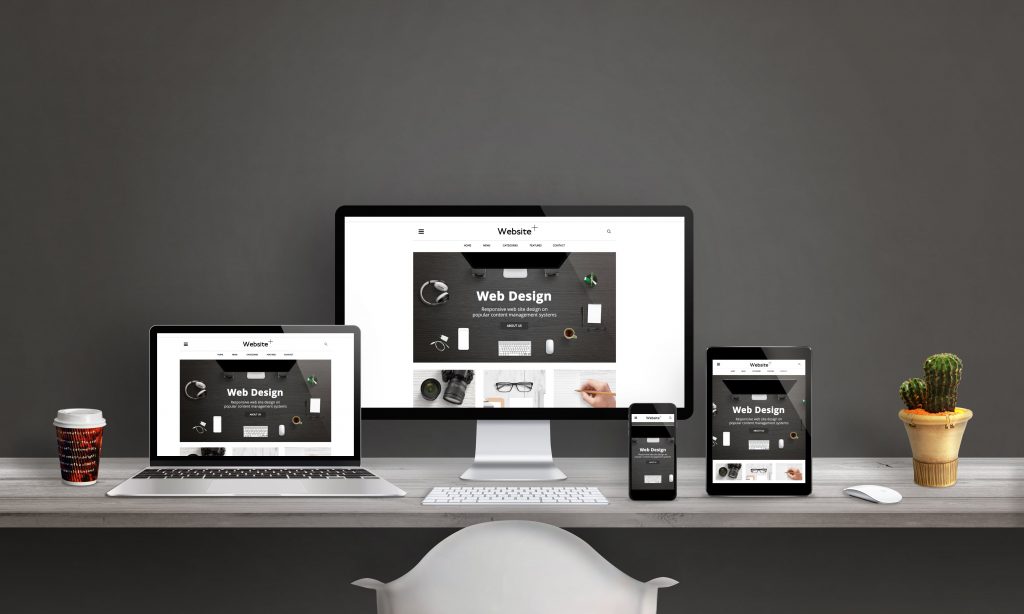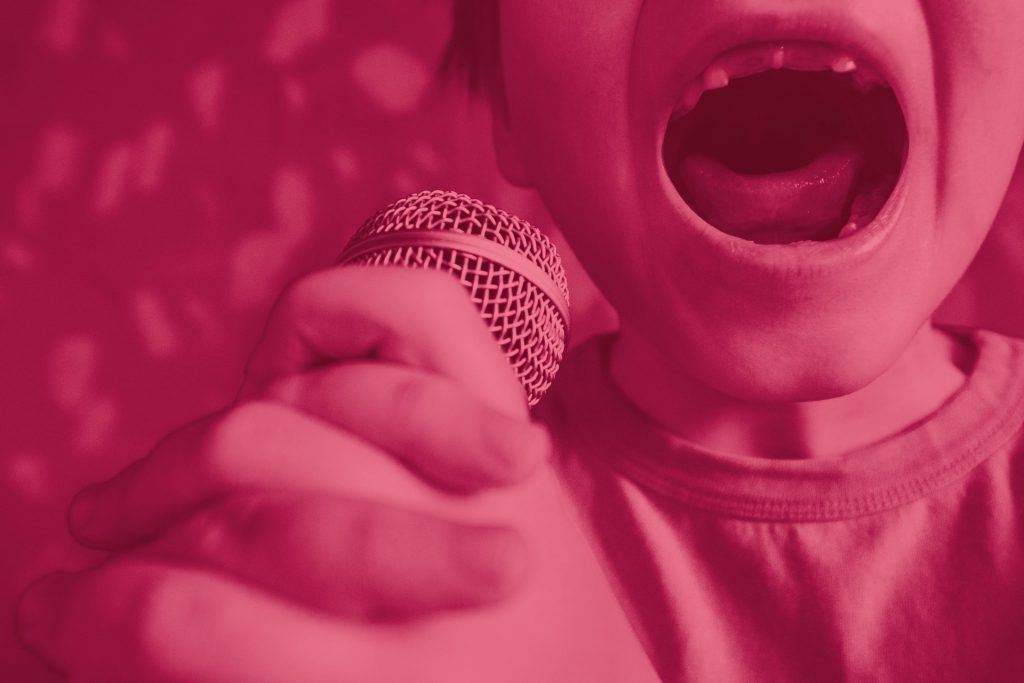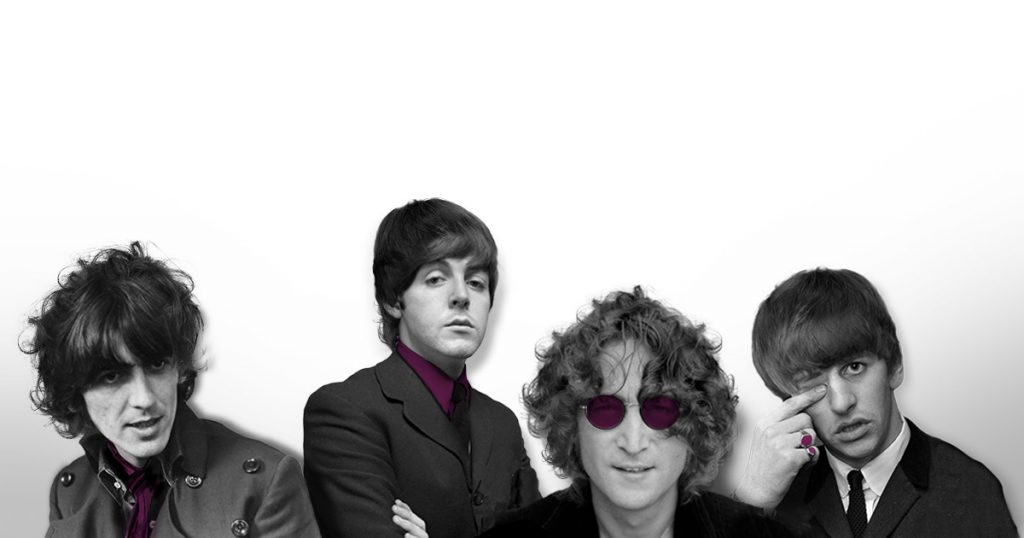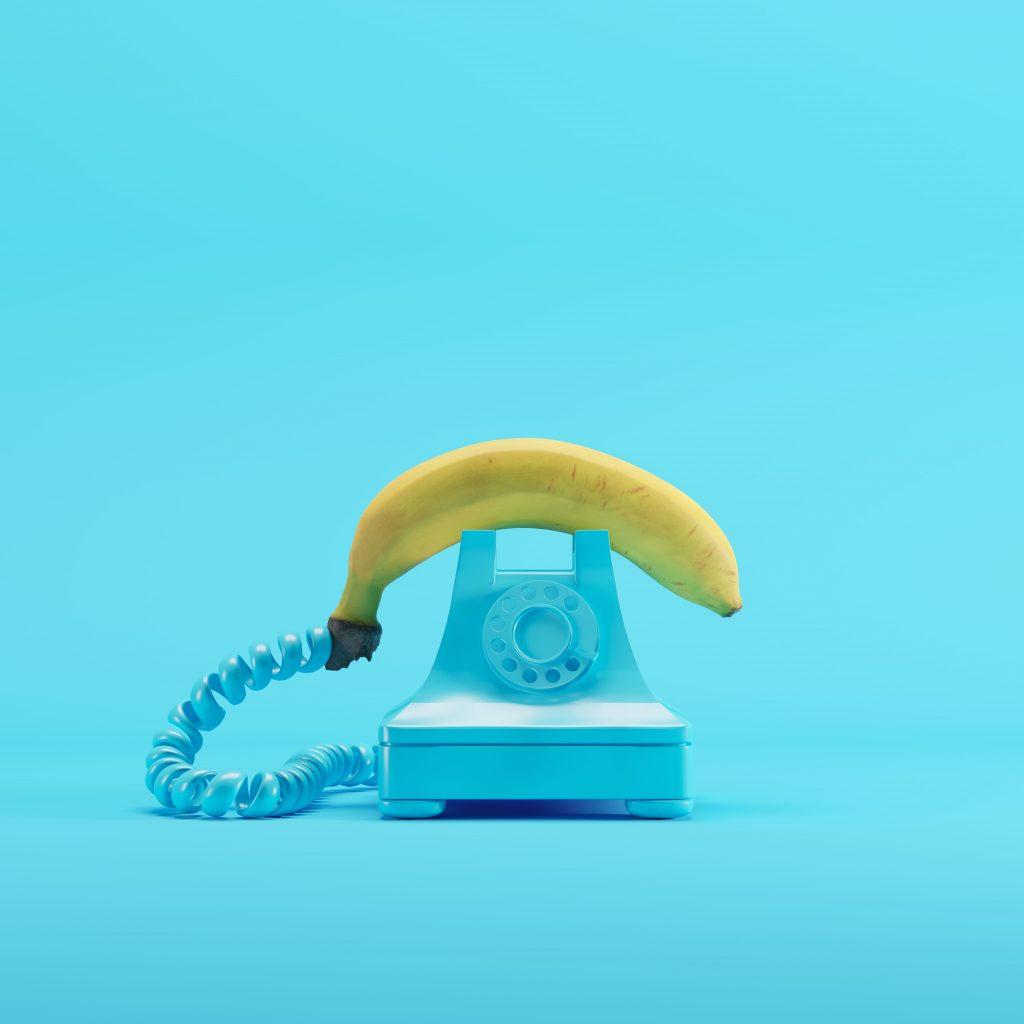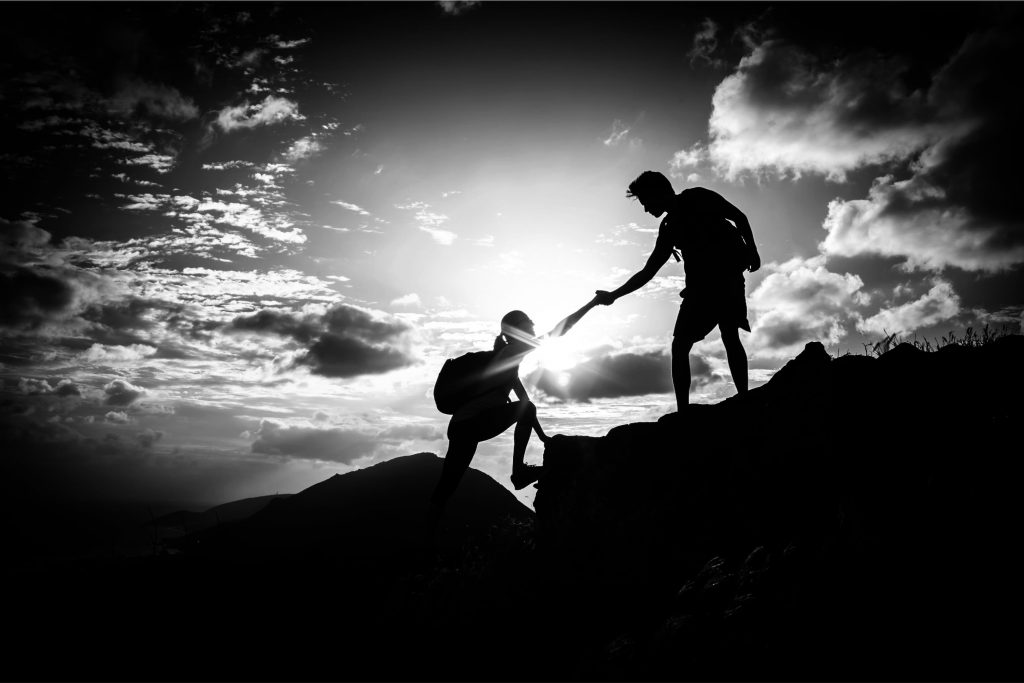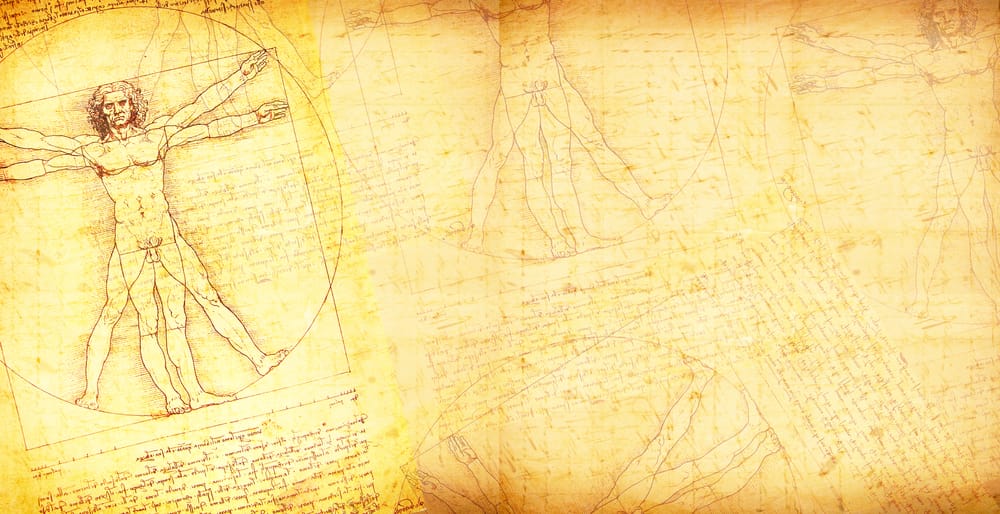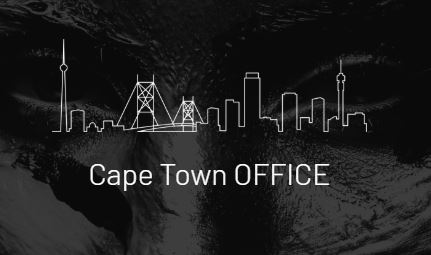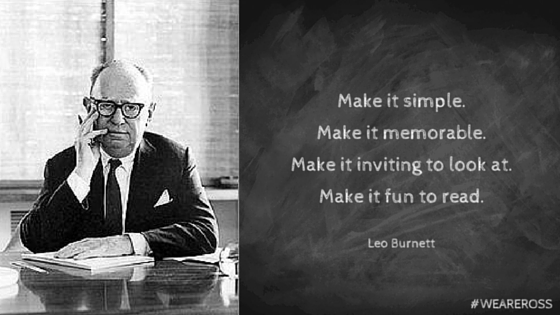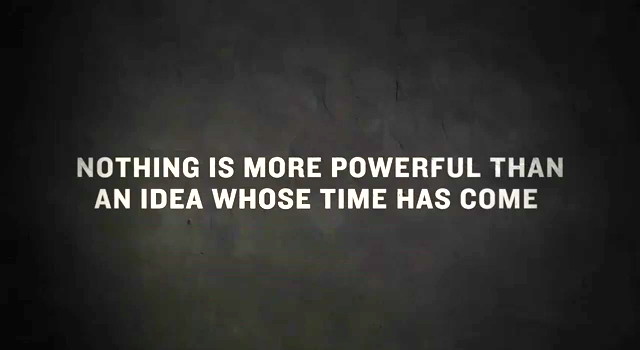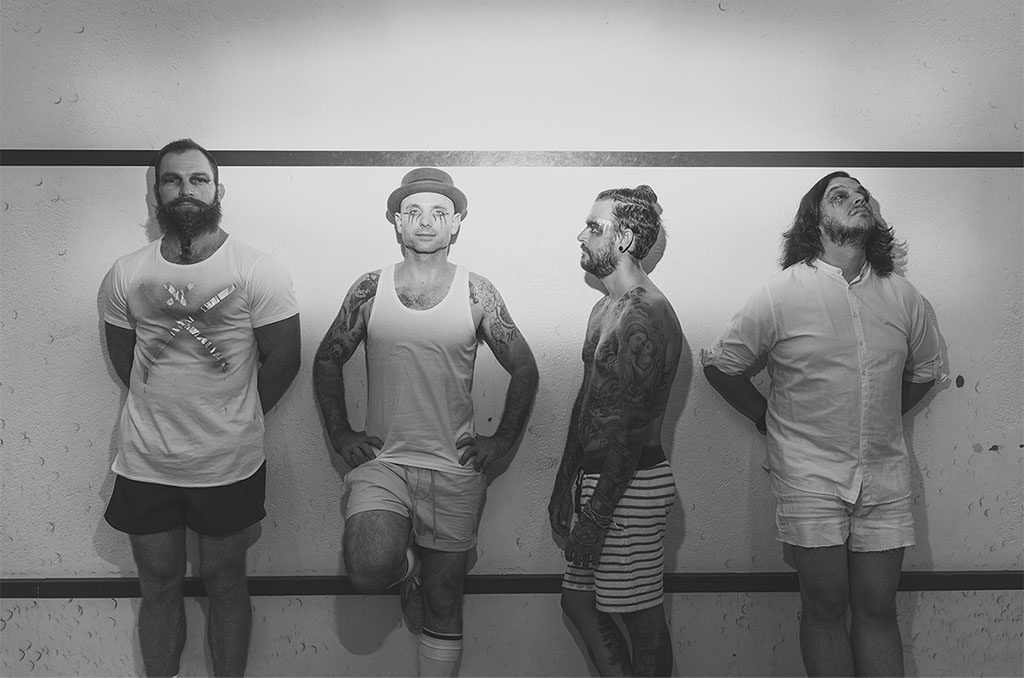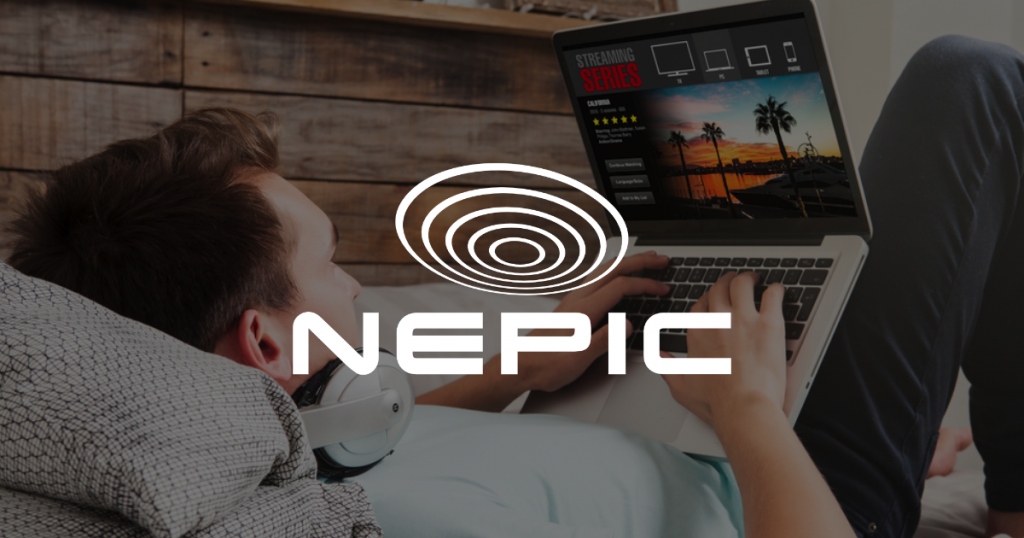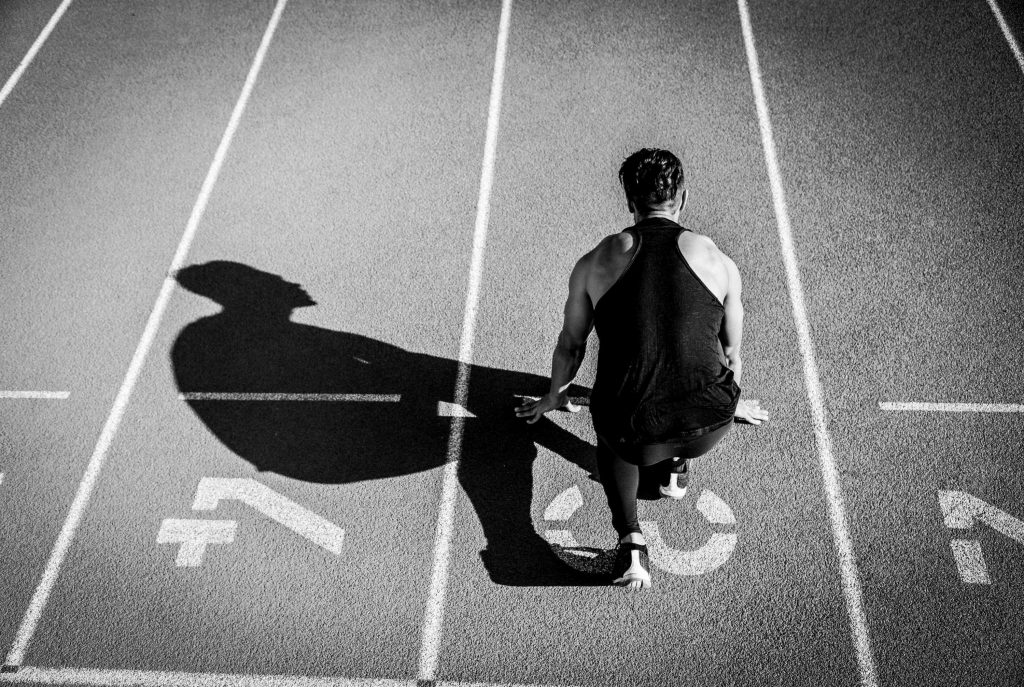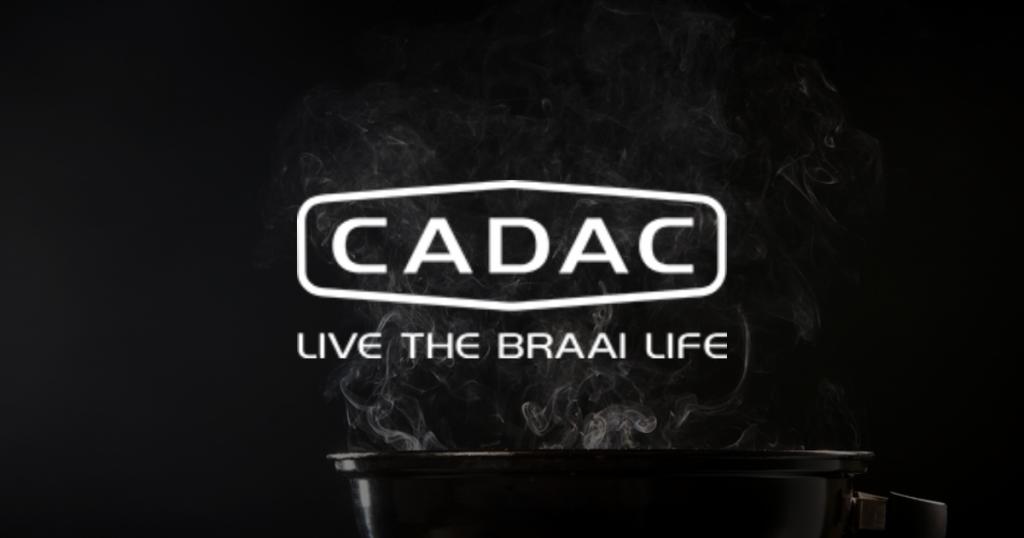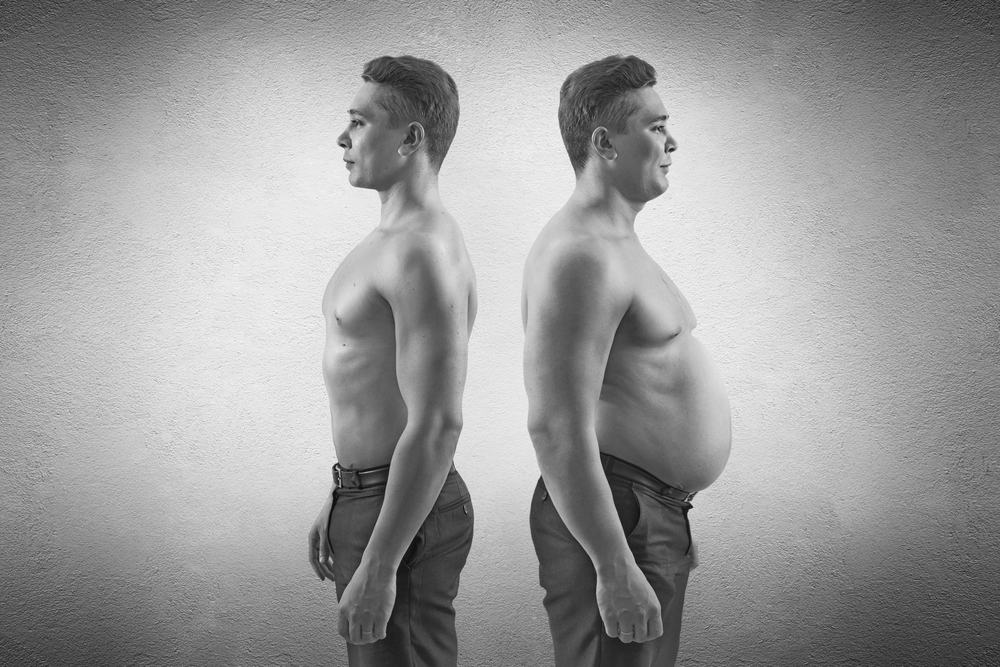Written by: Dean Rajh-Gopaul, Head of Strategy
In 1918, the world saw the effects of the Spanish flu, many lives were lost and affected areas put social distancing into place. However, it took close to 4 years for the people of those affected areas to find their normal again. Churches, sporting fixtures and various other mass gatherings had very low attendance well after the epidemic was over.
The previous article, The New Normal discussed an overview of what the world might be like post quarantine, this article takes a closer look at the marketplace and how consumers might be chose to interact.
Once the lock-down has ended and we attempt to return to our daily routines, we can’t expect malls, bars and restaurants to be brimming with people again. It will take time for consumer trust to be regained. People will still be very apprehensive about going out and being in crowded spaces.
Restaurants will open their doors but are more likely to find their take away businesses thriving rather than the sit-down component. Delivery services like Takealot.com, Uber Eats etc. will all be the preferred methods of shopping to those with the means.
But what will the impact be on the types of goods consumers buy? The economy has stopped any signs of growth during this period and it will take time to start up again. Many companies have had to place staff on short time / reduced wages, while others are facing retrenchment or even the prospect of closing their doors. The supply of goods will be slowed, but the demand for the goods will also struggle due to consumers not having the funds, or simply prioritizing the essentials in their budgets. Luxury and non-essential goods will be put on hold and likely to sit in customer wish lists until a sale comes along or until they have income security once again.
People have been forced to be more careful with how they spend during the lock-down, not just because of loss of income, but due to the prospect of scarcity too. People have had to focus on what is important to them, cutting out luxuries and non-essentials for the basics (and making sure they have enough of the basics). In times of scarcity, people have to learn the hard lessons of how to be more efficient with their goods and make them go further. We learn very quickly the difference between a want and a need, and can often surprise ourselves at what we can live without.
The world was given a reality check, where vanity and the superficial lifestyle might be one of the hidden casualties of COVID-19, as we are all brought back to the bottom of Maslow’s hierarchy. When we slowly start to make our way back up after the lock-down, we should expect consumers to start making more conscious decisions with their spend.

